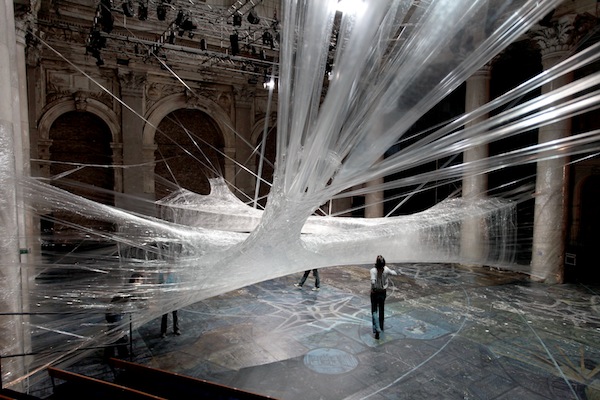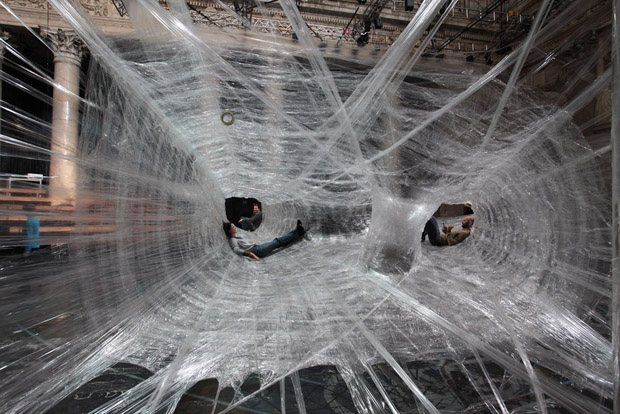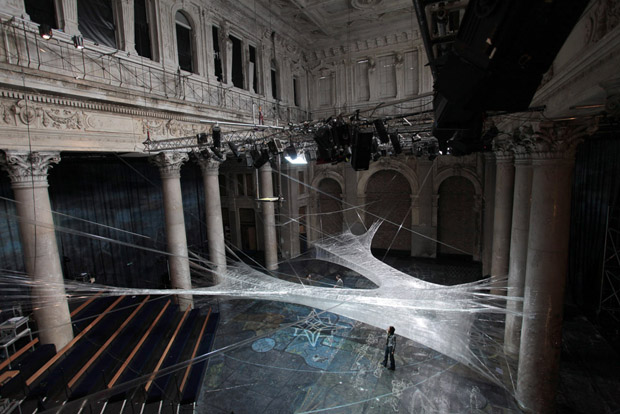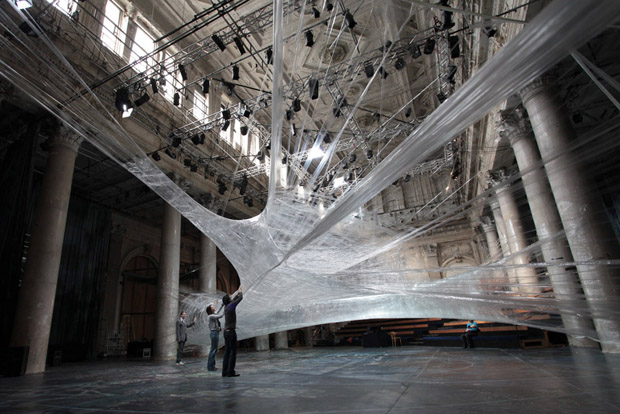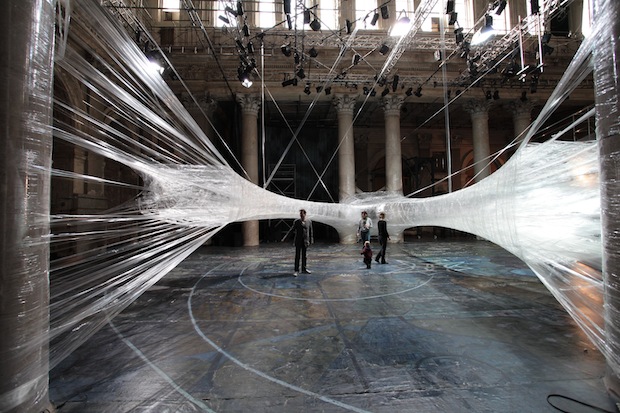NEXT WEEK starting BRIGHT and early MONDAY morning, the next artist, Crystal Wagner, in the Wilson Gallery will start her site specific installation piece,
Vestibule.
I am calling on anyone and everyone who would be interested in helping with a major installation to contact me (jeanette_tesmer@georgetowncollege.edu) ASAP. We need all hands on deck for this!
REASON WHY YOU SHOULD HELP:
meet the artist
have a great time
see what art on steriods is all about
dance
put assisting with a MAJOR installation on your resume
you love art
want to know how these things work
want to be one of the cool kids
_________________________ (come up with your own)
Whatever your reason this is going to be a crazy week of ART in the Wilson building. Even if you can't commit time stop by and check things out!
Artist Statement:
Vestibule is a conduit. A space somewhere between the plastic and
artificial environment of our everyday experiences with man-made
materials, consumerism, and technology and the exotic landscapes that
occupy the surface of our earth. It explores ideas
related to human beings and the increasingly severe divide between
themselves and the natural world by growing, as if it were a life form,
through the gallery. The exoticization of nature and all things,
non-human, make forms that were once familiar, more foreign.
While this dissonance continues to escalate, making more and more of
our natural world seem alien to us, there is a strange familiarity and
attraction to the forms that people categorize as exotic and even in our
attempt to keep the outside, out, plastic plants
occupy small corners of peoples homes. I am interested in how these
ideas relate to our everyday materials, the accessibility and excess in
mass production, and how it affects peoples experience with the world
that they live in.


Above are images from Crystal's installation
Arboretum. You can see how detailed in intricate this massive structure is. For more images please check out her
website.












 been giving presentations on art movements and sub-movements, approaches, and media of the past half century.
been giving presentations on art movements and sub-movements, approaches, and media of the past half century. 